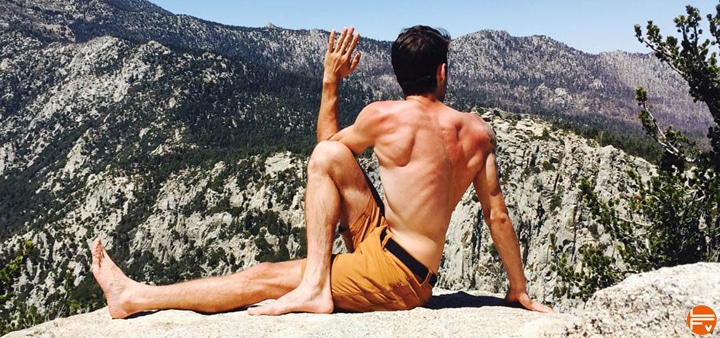Climbing and training: Prevent and Correct Muscle Imbalances

We climbers often favor our dominant side, which can lead to lopsided strength imbalances. And injury. Clip with the right hand. Move right hand first. Lock off right hand… Achieve even strength on both sides of your upper body for harder sends. And use these tips to recognize your imbalances, encourage symmetry, and crush all projects.
Causes and Risks of Imbalance
Beginner climbers undergo rapid muscle development, especially as they up the volume and frequency of their climbing. Likewise, repetitive exercises and projecting can lead to imbalances even for advanced climbers. Ditto for an injury and then subsequent failure to pursue physical therapy.
Climbers commonly experience uneven shoulder strength, which can be noticeable when locking off. Also uneven forearm strength. And tight chest muscles due to overdeveloped lats. Imbalances can cause tendonitis, muscle strain, and rotator cuff injuries, and poor posture and subsequent back and neck pain.
Identifying weakness
Identifying imbalances is the first step to correcting them. Keep in mind any past injuries. Tweaked your left shoulder five years ago on a gaston move? You may still be out of whack. Work with a trainer or coach who can observe posture and technique. You can also partner up with a friend to film and/or evaluate each other for leaning, uneven shoulder height. Or imperfect posture/technique while you do pull-ups, push-ups, or similar exercises.
Correcting An Imbalance
Upon discovering an imbalance, your first step is to develop overall base strength. First of all, the base-level phase of your progression should be focused on functional movement. Basically, you need to learn correct form first, before you move on to performance training. Perform high reps of lower-intensity exercises with good form to achieve an even base. Do exercises equally on both sides until you have achieved a balance.
Read more to find exercices to correct imbalance









It’s really a good way to inform people about muscle balancing during climbing and prevent muscle balancing.